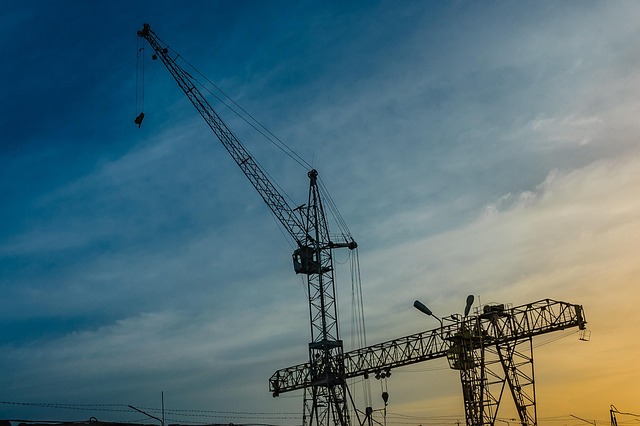The Importance of Managing Lifecycle Costs in Infrastructure Development
When we think about infrastructure development, it’s easy to focus solely on the upfront investment—the steel, concrete, labor, and technology required to bring projects to life. However, the true cost of infrastructure extends far beyond initial construction. This is where understanding and managing lifecycle costs becomes crucial.
Lifecycle costs encompass all expenses incurred throughout the entire lifespan of an infrastructure asset—from design and construction to operation, maintenance, and decommissioning. It’s a comprehensive perspective that reminds us that what we build today carries financial commitments well into the future.
Why does this matter so much? Imagine a newly built bridge that initially fits within a budget. Without factoring in future maintenance, repair, and potential upgrades, the actual burden on public funds could balloon over the decades. Poor lifecycle cost management can lead to unexpected budget overruns, service interruptions, and even safety concerns.
Effective lifecycle cost management offers several powerful benefits:
- Accurate Budgeting: By forecasting long-term expenses, planners and policymakers can allocate resources more reliably, avoiding unpleasant financial surprises.
- Enhanced Decision-Making: Understanding total costs aids in comparing different design or material options, helping select solutions that optimize value over time.
- Sustainability: Properly managed assets last longer and perform better, reducing waste and environmental impact.
- Risk Reduction: Anticipating future needs minimizes the chance of critical failures or costly emergency repairs.
For those invested in infrastructure—whether engineers, city planners, investors, or community members—embracing lifecycle cost thinking fosters more responsible stewardship of resources. It shifts the mindset from short-term savings to long-term resilience and efficiency.
As infrastructure becomes more complex and demands on it grow, managing lifecycle costs is not just prudent; it’s essential. It ensures that infrastructure systems remain safe, functional, and economical through the many chapters of their existence.




